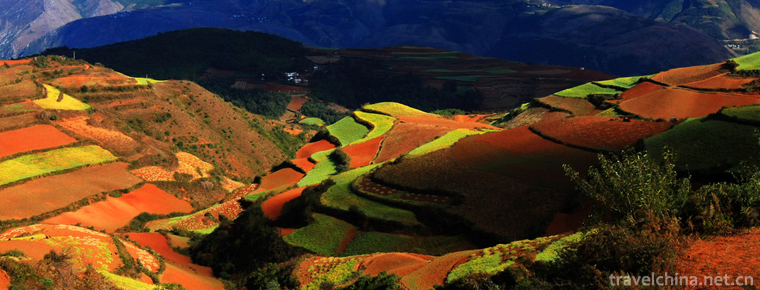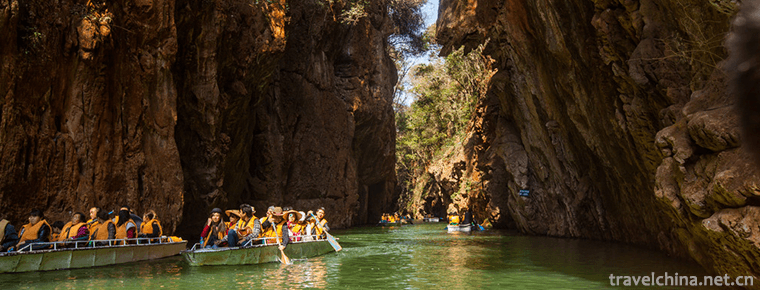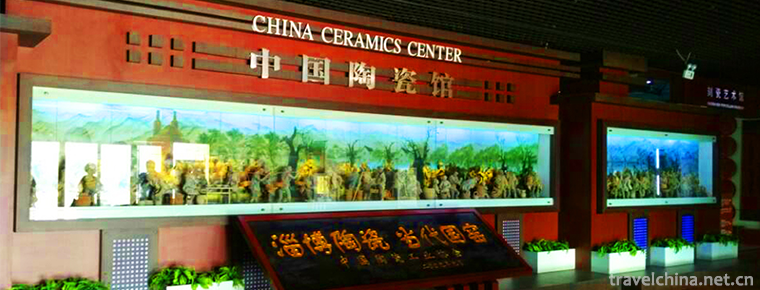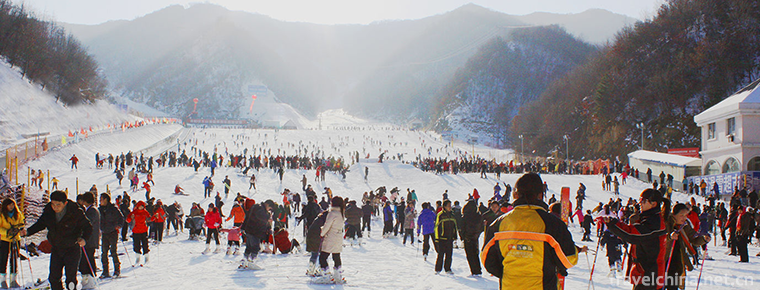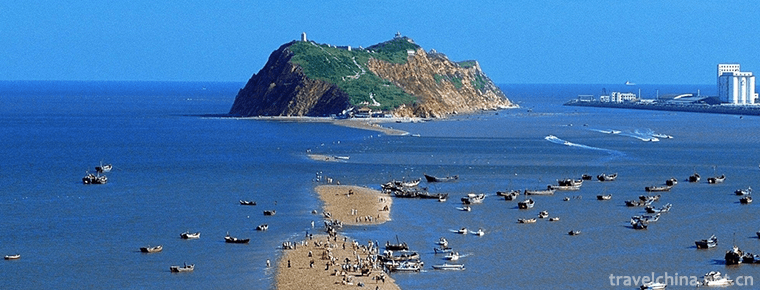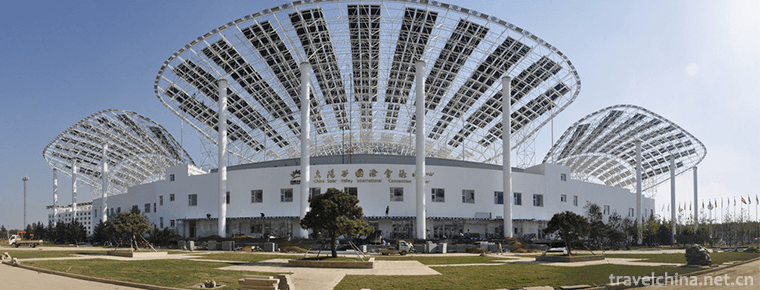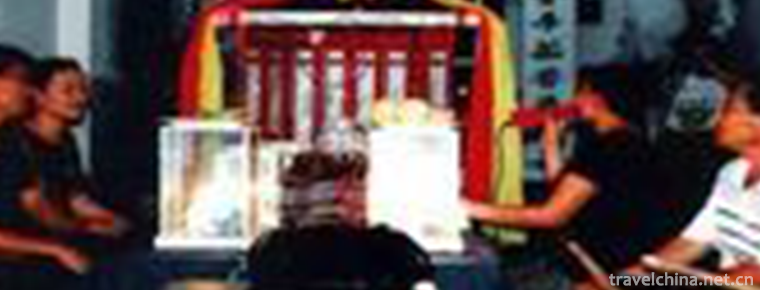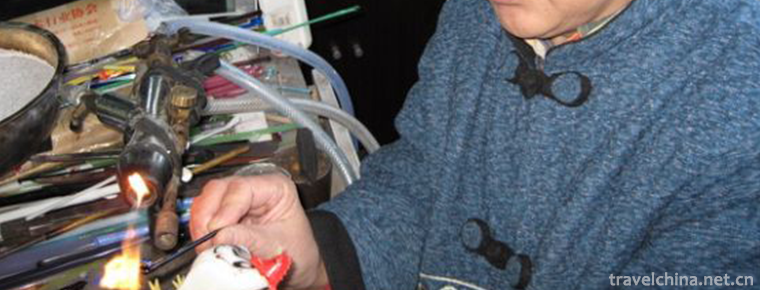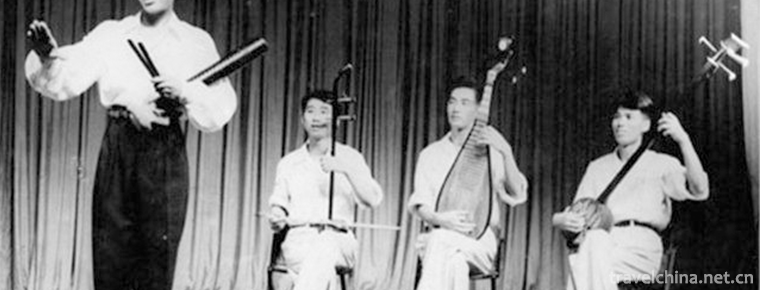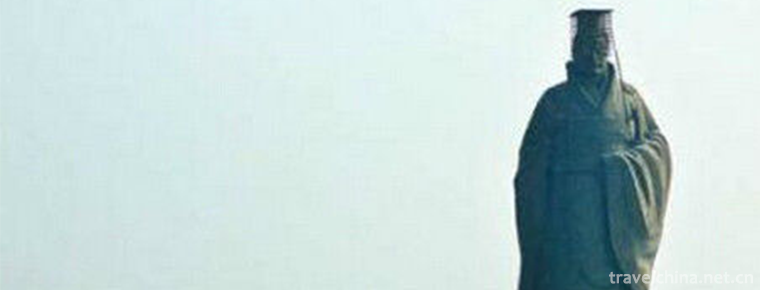the Capital Cities and Tombs of the Ancient Gaogouli Kingdom
the Capital Cities and Tombs of the Ancient Gaogouli Kingdom
Gaogouli is located in Ji'an City, Jilin Province. It includes domestic cities, Wandu Mountain City, 14 Royal mausoleums and 26 noble tombs. Domestic city and Wandu Mountain City (the first name of Lieutenant Nayancheng) are the capital cities of Gaogouli in the early and middle period (1-5th century A.D.).
Its characteristic is that the plain city and the mountain city depend on each other and are all capitals. The Koguryo monument in Ji'an City is a relic of the Koguryo Dynasty. In the plain around Ji'an, there are more than 10,000 ancient tombs of the Koguryo era, which are known at home and abroad as "Donggou Ancient Tombs Group".
brief introduction
Gaogouli (37 B.C. - 668 A.D.) was an important frontier ethnic group in Northeast China from the Western Han Dynasty to the Sui and Tang Dynasties. During the Zhou and Qin Dynasties, the ancestors of Gaogouli lived in the northeast of China. In 37 B.C., Zhu Meng, a Fuyu people, established political power in the area under the jurisdiction of Gaogouli County in Xuanqu County. During the golden age of Koguryo, its sphere of influence included southeastern Jilin, east of Liaohe River and Northern Korean Peninsula. In 668 AD, Koguryo was destroyed by the Tang Dynasty and Sinura in the southeastern part of the Korean Peninsula. It lasted 705 years in history.
Located in Ji'an City, Jilin Province, the tombs and murals of Koguryo kings, mausoleums and nobles are classics of brilliant civilization created by Koguryo, which has been obliterated by the long history.
Historical capital
The King City of Koguryo is a capital city, consisting of both the plain city and the mountain city, including the domestic city and the Wandu mountain city (the original name of Lieutenant Nayancheng). This is the capital of Koguryo in the early and middle period (A.D. 1-5 centuries), and it is also the capital that the Koguryo regime continued to use for the longest time.
7,000 Koguryo-era tombs are located in the Donggou Plain surrounded by mountains outside the King's City of Koguryo. Many beautiful murals with smooth lines, rich contents and legendary and mythical colors in the tombs are the characteristics of these ancient tombs. Although they have been more than a thousand years ago, they are still bright in color. Fourteen large Koguryo mausoleums and a large number of Royal noble Mural Tombs represented by General's Tomb and Taiwang Tomb in Donggou Group reflect the historical process of Koguryo from different aspects, and are also valuable cultural and artistic treasures left by Koguryo to mankind.
General grave
Among them, the general's tomb on the cliff at the foot of Longshan, 4 kilometers northeast of Ji'an City, is considered as the mausoleum of the twentieth generation King Longevity. It is similar to the tomb of the ancient Egyptian Pharaoh and is known as the "Oriental Pyramid". General's tomb is 31 meters long and 12 meters high. The tomb body is square and conical. There are seven steps. The tomb body is magnificent and its shape is bright and solemn. It epitomizes the height of Gaogouli's architectural skills and artistic achievements.
Tai King Mausoleum
The tomb path of the general's tomb faces the Taiwang Tomb not far away. On the east side of the tomb stands the King Jiaotai Monument, known as "the first monument in the East", which was built by the Longevity King in memory of the 19th Dynasty King Yongle. The stele is made of a huge square pillar stone, more than 6 meters high, with a total of 1775 inscriptions on all sides. Its font is between official script and regular script. Gaogouli is the longest written material preserved so far.
regime
The Koguryo regime began in 37 B.C. and ended in 668 A.D. and was once the most influential national regime in Northeast China. It has played an important role in the historical development of Northeast Asia. The Koguryo regime began in Huanren County, Liaoning Province, and moved its capital to the domestic city (Ji'an, Jilin Province today) in the third year of A.D. and then to Pyongyang in 427. Huan Ren and Ji'an are the political, cultural and economic centers of Gaogouli regime in the early and middle period. They totaled 465 years and are the most concentrated areas of Gaogouli's cultural heritage.
Honor
World Heritage List
The World Heritage Committee commissioned the International Council of Monuments and Sites to evaluate the Koguryo Project and concluded that the Koguryo Project met five of the six criteria for inclusion in the World Heritage List. Including: it embodies the masterpiece of human creation and wisdom; as the capital and tomb built in the early history, it reflects the influence of the Han nationality on the culture of other nationalities and the unique mural art; it also reflects the disappeared Koguryo civilization; the capital built by the Koguryo Dynasty using stone, clay and other materials has an impact on the later; it shows the creation of human beings; Perfect combination with nature.
China's "Koguryo Royal City, Mausoleum and Aristocratic Tombs" listed in the World Heritage List include 3 Royal City, 14 Royal Mausoleums and 26 Aristocratic Tombs, which are located in Ji'an City of Jilin Province and Huanren County of Liaoning Province.
Wunu Mountain City: The Early Gaogouli Mountain City in Huanren County, Liaoning Province
Wandu Mountain City: The Pre-Gaogouli Mountain City in Ji'an City, Jilin Province
Domestic City: Pingcheng in the Early Stage of Gaogouli in Ji'an City, Jilin Province
Wang Mausoleum: Maxian 0626 Tomb, Qianqiu Tomb, Xida Tomb, Maxian 2100 Tomb, Maxian 2378 Tomb, Qixing Mountain 0211 Tomb, Qixing Mountain 0871 Tomb, Taiwang Tomb and Haotai King Stele, Linjiang Tomb, Yushan Tomb 2100, Yushan Tomb, General Tomb and No. 1 accompanying tomb.
Aristocrat tombs: corner tombs, dance tombs, manger tombs, trough tombs, King-type tombs, ring-pattern tombs, Ranmou tombs, Wang-type tombs, ring-pattern tombs, Ranmou tombs, lotus flower tombs, Changchuan 2 tombs, Changchuan 2 tombs, Changchuan 4 tombs, Changchuan 1 tomtombs, Yushan 3319 tomtombs, five-helmet tomtomtomtomtomtoms No. 1, five-helmet tomtomtomb No. 1, five-helmet tomtomb No. 2, five-helmet tomb No. 5 tomtomtomtombs, five-helmet tomtombs No. 5, four-god tombs, Yushan 2112 tomb, Yushan tomb, four-four-helmet tomb, four-tomb, four-helmet tomTomb 3, Helmeted Tomb Four Helmets Tomb No. 4, Brother Tomb, Brother Tomb, Folded Tianjing Tomb, Turtle-shell Tomb.
Login process
North Korea began to apply for the World Heritage List in 2000. It was not successful in preparing to be included in the World Heritage List at the 27th Paris Conference of the World Heritage Committee held in 2003. China has applied since 2003. At the 28th Session of the World Heritage Committee, held in Suzhou in 2004, Capital Cities and Tombs of the Ancient Gaogouli Kingdom in Northeast China and Complex of Gaogouli Tombs in North Korea were listed on the World Heritage List as two independent world cultural heritages.
Login standard
Registered because it meets the following criteria for assessing World Cultural Heritage: represents a unique artistic achievement, a creative masterpiece of genius; can have a great impact on the development of architectural art, monument art, urban planning or landscape design in a certain period of time or in a certain cultural area of the world; (iii) can provide a unique culture or tradition that has disappeared. It is at least a special witness; (iv) an outstanding example of a certain architectural style in the development of human history; (v) an outstanding example of traditional human habitation or use, representing one (or several) cultures, especially vulnerable to irreversible changes.






-
Dongchuan Red Land Scenic Area
"Dongchuan Red Earth" is located in the north-east direction of Kunming.
Views: 154 Time 2018-10-21 -
Jiuxiang Scenic Spot
Yiliang Jiuxiang Scenic Spot is located in a mountainous area with a cool climate, continuous peaks and valleys with a relative height difference of about 200 meters. The surface elevation is between .
Views: 140 Time 2018-12-22 -
China Ceramic Museum
The China Ceramic Museum is located in the Cultural Square in the center of Zibo City. On the basis of Zibo Exhibition Hall in April 2001, it was transformed by large-scale investment.
Views: 127 Time 2018-12-22 -
Funiu Mountain Skiing Resort
Located on the north slope of the old boundary ridge of Funiu Mountain in Luanchuan County, Luoyang Funiu Mountain Skiing Resort has the highest elevation of 2200 meters and an elevation of 1700 meter.
Views: 133 Time 2018-12-22 -
Bijiashan Scenic Area
Bijiashan Scenic Area is located in Tianqiao Town, Jinzhou City, Liaoning Province. The main scenic spots are Bijiashan Island and "Tianqiao", which are divided into five areas: island sight.
Views: 131 Time 2019-01-02 -
Chinese Sun Valley
Located in the development zone of Dezhou, Sun Valley of China is the largest base of research, development, testing, production, education and tourism of renewable energy in the world..
Views: 124 Time 2019-01-18 -
Drum bowl song
Drum-pot song is a very ancient traditional form of music and art in Hubei Province of China. It originates from the traditional folk activities of "beating a pot as a drum, singing with the fune.
Views: 84 Time 2019-05-01 -
Material liao qi
Material wares are traditional handicraft products in Beijing. It is a traditional handicraft made of glass strips. There was no direct glass-making industry in Beijing. The materials used were collec.
Views: 117 Time 2019-05-13 -
Wooden Fish Songs
Muyu song is short for Muyu, also known as Touyu song. It is one of the traditional rap and singing arts in Guangdong Province and belongs to the system of Tanci. It is popular in the Pearl River Delt.
Views: 151 Time 2019-06-06 -
Legend of Su Xian
The legend of Suxian is a local folklore with a long history. Su Xian, Ming Lian, from Guiyang. Su Da lost his father in his early years and depended on his mother for his life. One year, the plague w.
Views: 197 Time 2019-06-17 -
Uygur Dastan
Uygur Dastan is a kind of Uygur singing and playing music. It is a kind of long narrative poem with rap and singing. It is a long poem with complete stories and characters. It is a folk art form with .
Views: 137 Time 2019-06-26 -
Meishan mineral resources
There are 25 kinds of minerals in Meishan, mainly including coal, natural gas, iron, copper, lead, zinc, manganese, placer gold, glauberite, gypsum, bentonite, phosphorus, dolomite, cement limestone, magnesite, granite for facing, vein quartz, crystal, quartz sandstone,.
Views: 261 Time 2020-12-18
